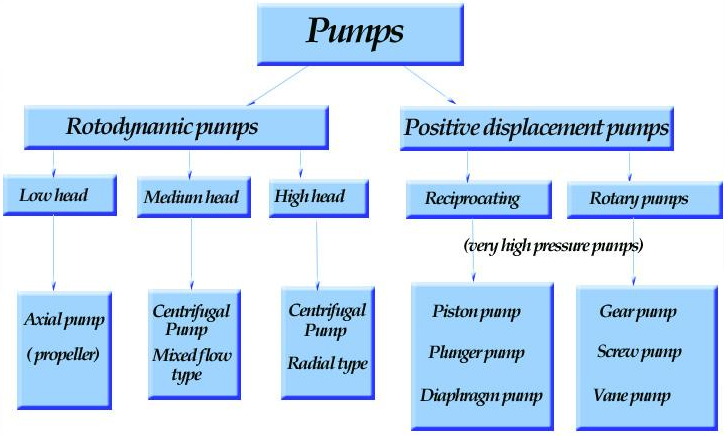Because wells are not always drilled vertically, there may be two "depths" for every given point in a wellbore: the measured depth (MD) measured along the path of the borehole, and the true vertical depth (TVD), the vertical distance between the datum and the point of interest. In perfectly vertical wells, the TVD equals the MD; otherwise, the TVD is less than the MD measured from the same datum.
Simply put, MD is the total distance travelled by the drill bit from the surface of the well to a specific point along the borehole. It is essentially the length of the wellbore, measured along its path, regardless of any deviations or curves the borehole might take.
The Distinction between MD and True Vertical Depth (TVD)
MD is distinct from True Vertical Depth (TVD), which is the vertical distance between the surface and the specific point in the wellbore. TVD represents the actual depth below the surface, taking into account any deviations or curves in the wellbore.
MDHIP = MWHIP +TVP * DENSITY


